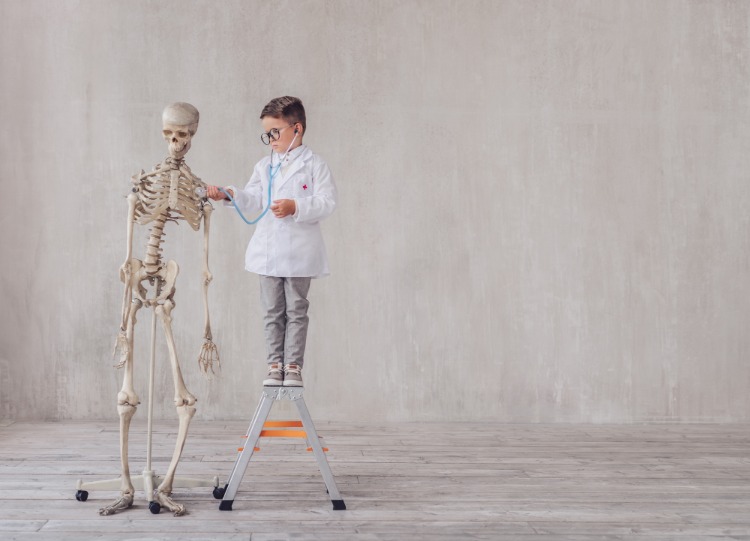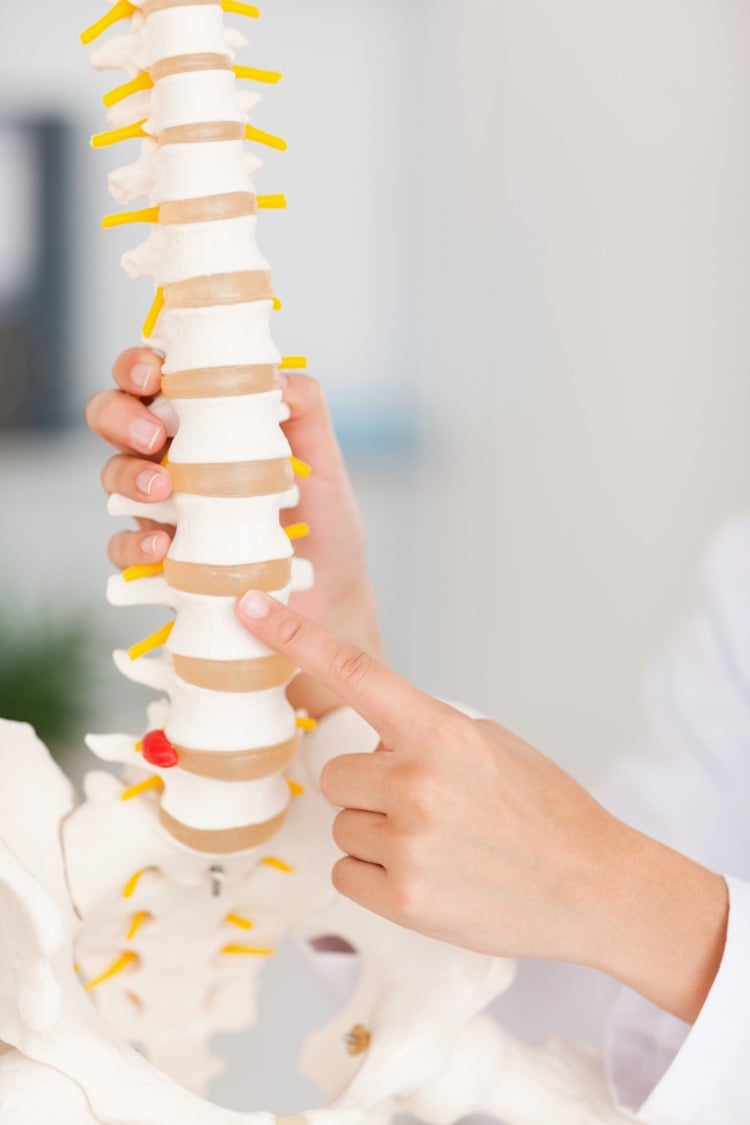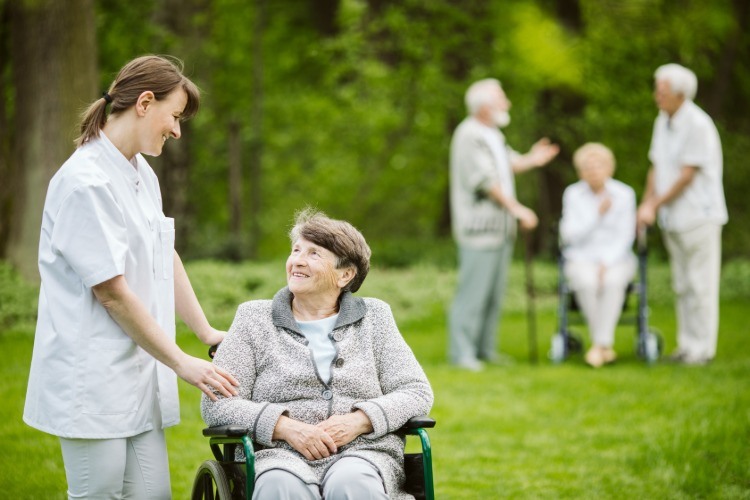Preventing shrinkage in old age: can we stop the process?
You may be aware that loss of vision, hearing, and memory is a sign of aging, but shrinking in age is something that may not be so noticeable. The reduction in body size is due to several factors related to changes in bones, muscles, joints, and other tissues in your body.
Main causes of shrinking in old age

While some altitude loss is a normal part of aging and is unlikely to cause health problems, significant body changes can indicate underlying problems. So it's important to understand what happens to your body as you get older. So you can counter some of the negative effects of the aging process.
Age-related muscle loss can occur as early as the 1930s. There is even a scientific term for this: sarcopenia. This means you lose muscle at a rate of 3-5% per decade. Of particular importance are the muscles in your upper body, which are primarily responsible for keeping you upright. Decreasing your ability to maintain your posture can cause you to bend and look shorter.

Another reason for the loss of height in old age is your bone health. Bones have an extremely complex connective tissue that can adapt its size and shape to mechanical loads. This allows your bones to transform themselves throughout your life. In your younger years, you go through a growth phase and deposit bone so quickly that you reach 90% of your maximum bone mass in late adolescence. This growth will be consolidated in the mid-twenties when people reach their maximum.

However, between the ages of 35 and 40 you lose more bone mass than is produced. Ultimately, this process often leads to a condition known as osteoporosis. This is characterized above all by a low and porous bone mass and increased bone fragility. Together, these factors lead to a higher risk of bone fragility. While the hips and forearms are vulnerable areas to the disease, this is most common in the vertebrae (spine), where it negatively affects stature.
Take preventive measures

While the greatest age shrinkage occurs due to your genes, there are some lifestyle factors that you can follow to maintain your height. What may seem even more important is to reduce the effects of aging on your health and maintain your well-being.
Regular exercise is the first thing you could do. Activities that involve some form of weight loading are particularly good for bone production. So you are never too old to benefit from exercise. Research has also shown that developing teenage strong bones offers some protection as you get older. This type of exercise naturally affects muscle growth and can therefore protect against both osteoporosis and sarcopenia.

While a healthy and balanced diet is important for overall health, foods high in vitamin D and calcium, including almonds, broccoli and cabbage, also contribute to bone health. Avoiding cigarettes and limiting alcohol and coffee consumption also helps. A bit of shrinkage in old age is a normal part of aging, but it can indicate more serious problems. It is therefore vital to maximize your health and well-being throughout your life.
Preventing shrinkage in old age: can we stop the process? appeared first on Deavita.com | Living ideas, design, hairstyles, make-up, lifestyle, health and beauty tips.





















